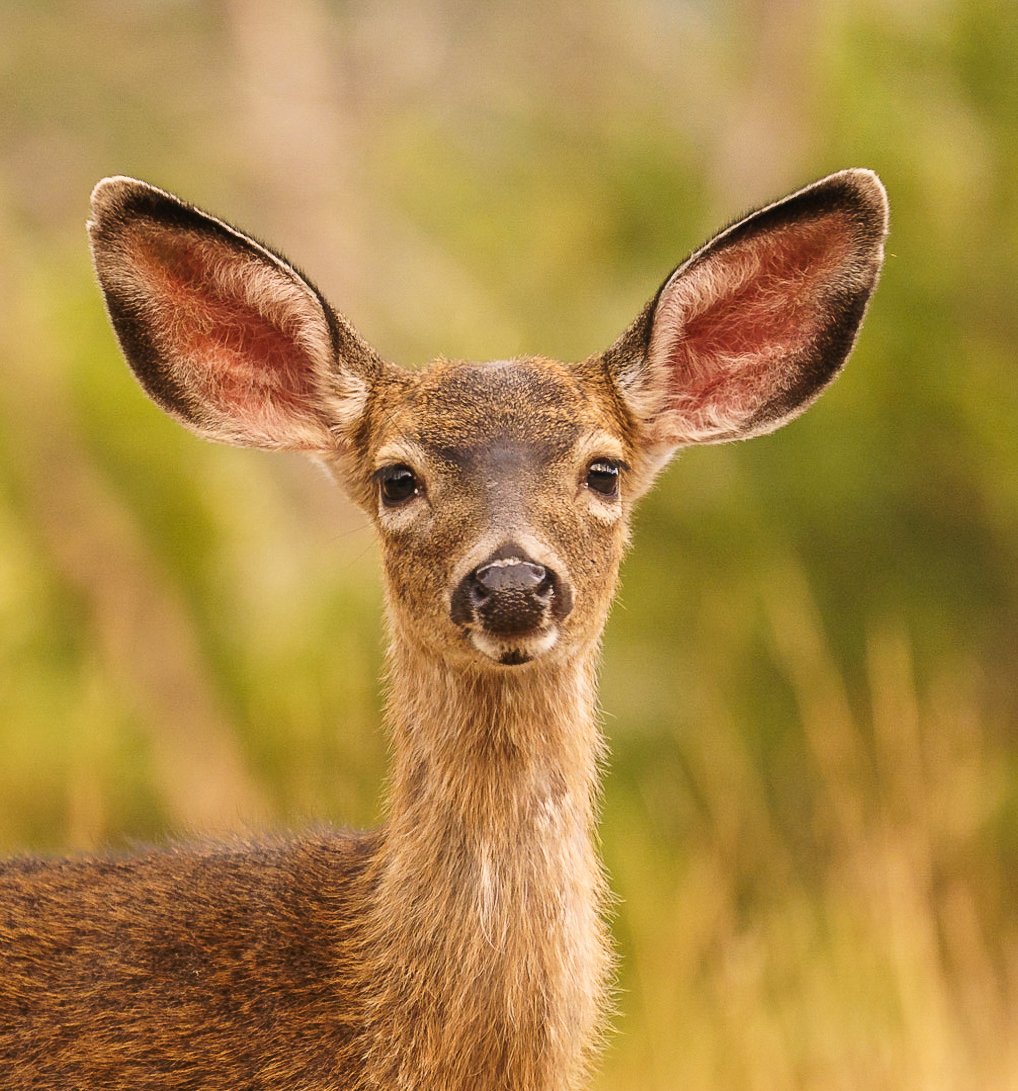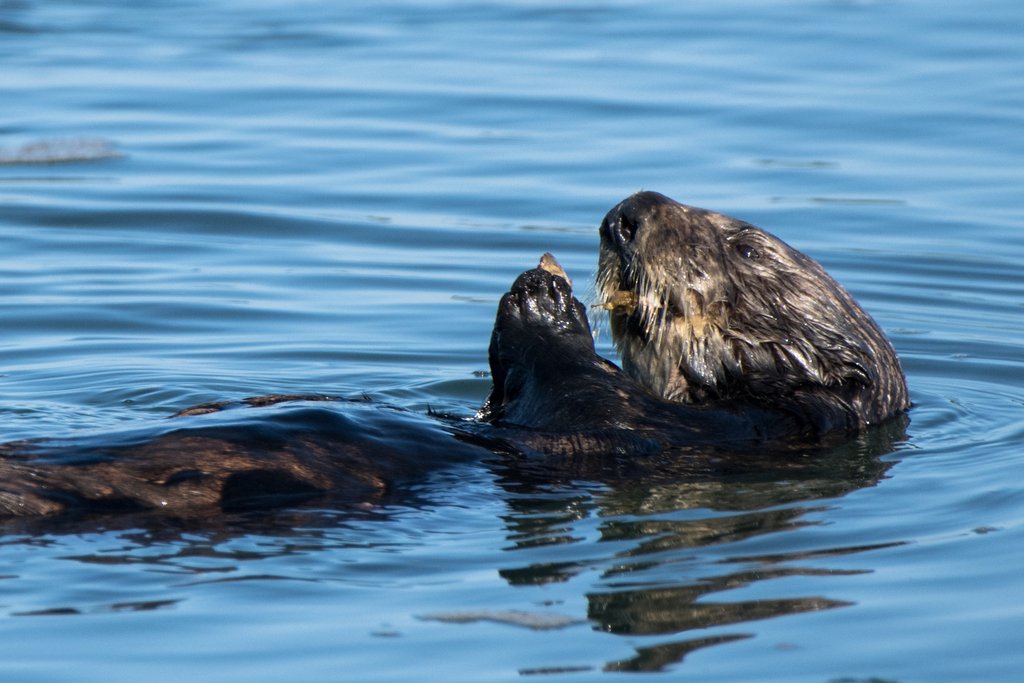Recovering the Lost Words - A Photographic Exhibit
“Once upon a time words began to vanish from the language of children. They disappeared so quietly that at first no one noticed, fading away like water on stone.
The words were those that children used to name the natural world around them” - Robert MacFarlane
The Oxford Junior Dictionary (OJD) is a learning tool for children ages 7+ years that defines 10,000 words the publisher deems most popular in childhood conversation. In recent years, nature words like acorn, buttercup, heron, and wren were removed to make room for technology words like analogue, chatroom, and voicemail. Celebrity authors and others vehemently protested, citing evidence that connecting to nature is imperative for mental health and learning, particularly within the dictionary’s target age group. The publisher defended its decision, reiterating the dictionary merely reflects the language of its time, informed by the life experience of readers in the intended age group.
The fact that words like dandelion and doe, pelican and poppy were not part of the “life experience” of young readers concerns us. While these words are alive in the wild, children, especially those with limited access to natural places, have been robbed of language that might help them imagine the natural world beyond their doorsteps.
The removal of these words, while disheartening, points to an underlying malady: “Nature Deficit Disorder” coined by Richard Louv in his Last Child in the Woods. Many years earlier, Rachel Carson foreshadowed this in The Sense of Wonder when she described: “the sterile preoccupation with things that are artificial, the alienation from the sources of our strength”. However we describe this deficit, children of all ages grow increasingly disconnected from nature.
Robert Macfarlane and Jackie Morris’ beautiful work The Lost Words: A Spell Book keeps these words alive through eloquent spells and beautiful illustrations, and it inspired us. Over the past year, a group of North American Nature Photography Association (NANPA) members have collected photographs of these Lost Words in an iNaturalist project and a photographic exhibit to bring attention to this detachment from the natural world. The loss diminishes their importance in connecting us with nature and the environment.
Terry Tempest-Williams mourned the loss of these words in her beautiful book The Hour of Land (2016):
"If you can remove words from a dictionary that are so alive with meaning and withhold them from our children, removing what is alive in the world becomes easy... The wild is no longer part of our vocabulary; nature becomes a forgotten language."
We suffer no illusions the publishers of the Oxford Junior Dictionary will restore these words in the physical, printed dictionary (they do appear in the online version of the dictionary), but we imagine and hope they will not be erased from the life experiences of our children. With our help and vigilance, they can grow into the next generation of conservation activists. In the eloquent words of Baba Dioum (1968), a forestry engineer from Senegal:
“In the end, we will only conserve what we love; we will only love what we understand; and we will only understand what we are taught”.
Let’s teach our children not only the beauty and wonder of nature, but its importance as well; not just through the Internet and YouTube, but through experiencing it firsthand.

Books and Reading
There are many books to help children and grown-ups connect to nature. Below are just a few.
Grown Up Books
Last Child in the Woods, Richard Louv
The Nature Fix, Florence Williams
Vitamin N, Richard Louv
Sharing Nature with Children, Joseph Cornell
How to Raise a Wild Child, Scott Sampson
The Sense of Wonder, Rachel Carson
Kids Books
A Leopard Diary, Suzi Eszterhas
The Eagle and the Wren, Jane Goodall
The Nest That Wren Built, Randi Sonenshine
Henry the Impatient Heron, Donna Love
A Place for Birds, Melissa Stewart
Cheetahs, National Geographic Kids, Laura Marsh
Sea Otters, National Geographic Kids, Laura Marsh
National Geographic Kids Guide to Photography
Perky Pelican, A Tale of a Lively Bird, Suzanne Tate
If You Take Away the Otter, Susannah Buhrman-Deever
Sacred Song of the Hermit Thursh, Tehanetorens
The Ferns Waved Back, Barbara Davidson
Have You Ever Seen a Flower, Shawn Harris
Backround image of Doe by Martha Ture

Organizations and Initiatives
Fortunately, there are numerous organizations and initiatives with missions to reconnect children and families to the natural world.
Acorn Naturalists - Acorn Naturalists offers school supplies, science and nature activity kits, and hands-on educational resources for parents, teachers, naturalists, camp leaders, outdoor educators, homeschoolers, preschool and afterschool educators.
Cornell Lab Ornithology Let’s Go Outside: How to Connect Kids with Birds and Nature
Backround image of Tricolored Heron by David Cook

Children’s Outdoor Bill of Rights
In which children of all ages, backgrounds, and abilities have the right to:
Climb a tree
Catch a fish
Hike a trail
Ride a bike
Splash in a creek or river
Play in the sand and mud
Gaze at the night sky
Chase a firefly
Plant a seed and watch it grow
Harvest and eat a fruit or vegetable
Backround image of American White Pelican by Mary Lundberg

Things You Can Do
We have no illusions that The Lost Words will be restored to the Oxford Junior Dictionary; that’s not the important action. We must strive to make nature relevant in the lives of children again. Below are some things that you can do.
Grow a garden with your children or grandchildren - Consider planting cauliflower, leeks, melon, radish, turnips; all words removed from the Oxford Junior Dictionary
Go birding - Take your children or grandchildren birding. Show them herons, starlings, wrens. Don’t worry if you are not a great birder yourself, there are plenty of bird walks and young birder groups in your area
Read Rachel Carson’s The Sense of Wonder - This beautiful book was written by Rachel Carson for her grand-nephew and it talks about the wonders of connecting with the natural world
Volunteer - There are thousands of organizations that can use your help in working with nature. Parks, preserves, and nature centers, have educational programming for kids and they always need volunteers to help out. This links to Austin, TX based organizations Texas Master Naturalists frequently volunteer with. You don’t have to be a Texas Master Naturalist to volunteer.
Take your child grocery shopping - Talk about where the food comes from and the role that bees have in the fruit they eat
Introduce teens to iNaturalist and Seek - Help them identify what they see in nature and gamify the observation
Participate in a Bioblitz - Observe and record nature in your area
Give - Your local nature organizations benefit from you time and through your contributions. Earth Share Texas has a list of non-profits you can donate to. All are valuable.
Read Richard Louv’s Last Child in the Woods - This important book talks about the importance of nature in children’s lives and how to reconnect
Create a Nature Play Space - Reconnect children to nature through play
Background Image of Otter by Jennifer Leigh Warner
Participating Photographers
David J Cook – davidjcookphotography.com
Mary Lundeberg - www.marylundeberg.com
Katy Pye - katypye.com
Martha Ture - www.mttamalpaisphotos.com
Jennifer Leigh Warner – www.experiencewildlife.com